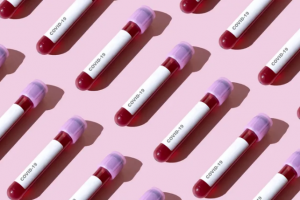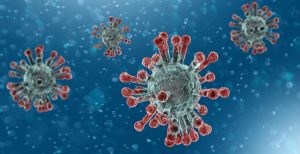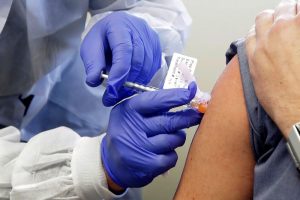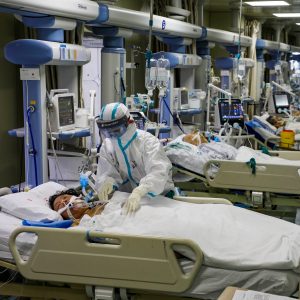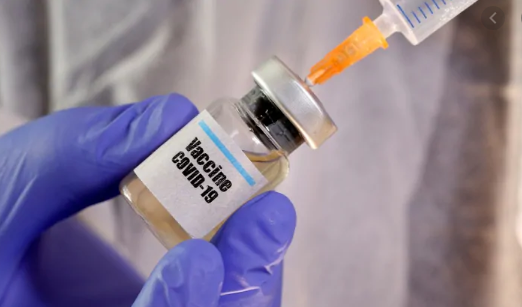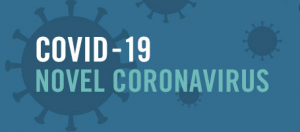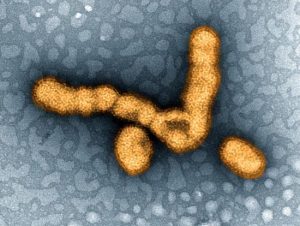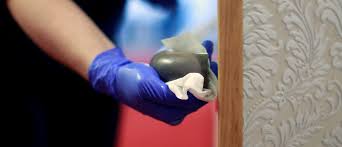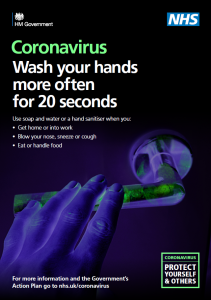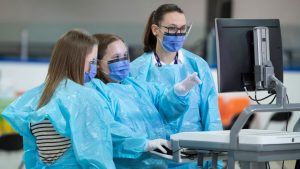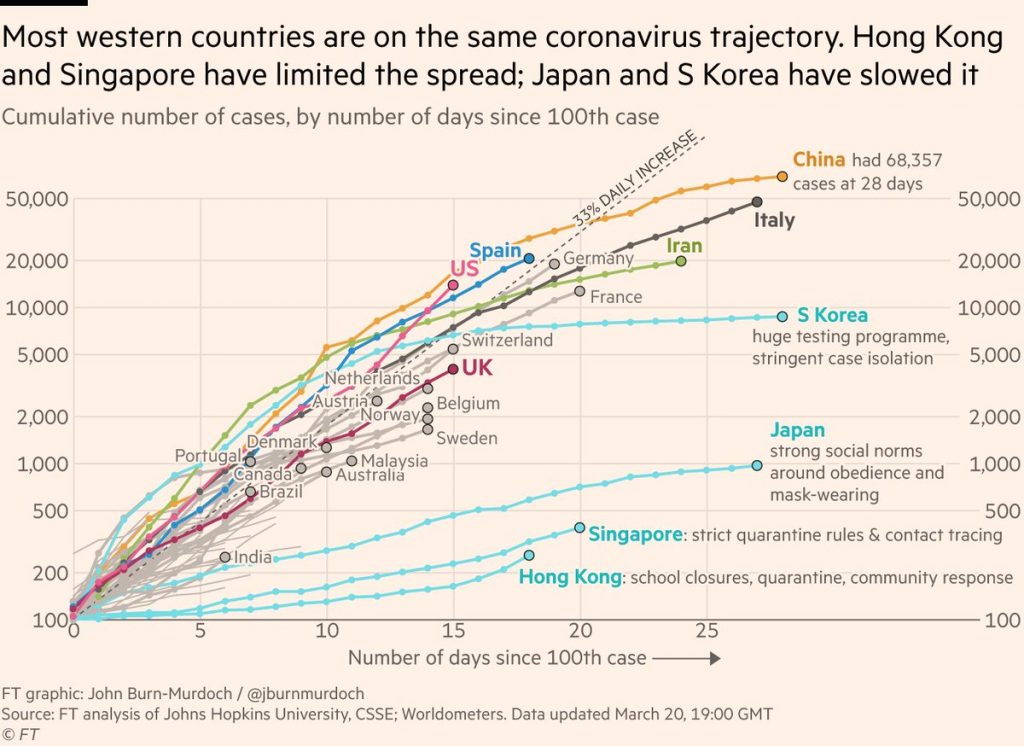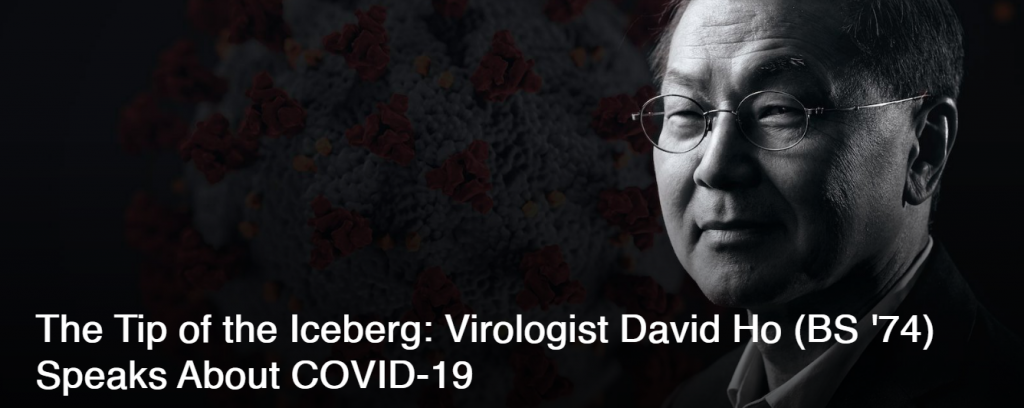 Savage… Shocking… Senseless… Who would order two seniors to lie on the floor of their gun store, then cold-bloodedly execute these defenseless people with gunshots to the back of their heads? That was the fate of Berndt and Erika Lankenau in their business, Shooting Sports Supply, on Vancouver Island at Canada’s west coast. On The Floor is Book 5 in my ongoing Based-On-True-Crime Series. The other series books are In The Attic, Under The Ground, From The Shadows, and Beside The Road. Between The Bikers is now in the first-draft stage.
Savage… Shocking… Senseless… Who would order two seniors to lie on the floor of their gun store, then cold-bloodedly execute these defenseless people with gunshots to the back of their heads? That was the fate of Berndt and Erika Lankenau in their business, Shooting Sports Supply, on Vancouver Island at Canada’s west coast. On The Floor is Book 5 in my ongoing Based-On-True-Crime Series. The other series books are In The Attic, Under The Ground, From The Shadows, and Beside The Road. Between The Bikers is now in the first-draft stage.
On The Floor takes you inside an actual double murder investigation with real police procedures. You’ll travel with the detective and forensic team as they meticulously examine a complex crime scene and you’ll follow a trail of clues that end in a massive confrontation with who committed this heinous crime.
This book comes with a warning: On The Floor is based on a true crime story. It’s not embellished or abbreviated. Explicit descriptions of the crime scenes, factual dialogue, real forensic procedures, and actual police investigation, interview, and interrogation techniques are portrayed. Some names, times, and locations have been changed for privacy concerns and commercial purposes. Here’s the Prologue along with the first two chapters.
On The Floor — Book 5 in the Based-On-True-Crime Series
**New Release — August 2020**
Prologue — Saturday, January 11th – 5:30 pm
“On the floor!”
Erika Lankenau and her husband, Berndt, stood in silent shock.
“Get on the floor! Facedown! On the floor!”
The owners of Shooting Sports Supply, a prominent Vancouver Island gun store, froze.
Erika’s mouth opened. No words came out.
Berndt Lankenau hesitantly raised his hands. His empty palms faced forward.
“You heard it! Get on the fucking floor! Right fucking now!”
“Vat… vat is dis business?” sixty-nine-year-old Berndt asked in his German accent.
“Just do what you’re told and no one gets hurt.”
Erika, sixty-four, bent her knees. “Do as ve’re told, Berndt. Do as ve’re told.”
“Listen to her, old man. Get your face down on the fucking floor, or you’re dead.”
Berndt swallowed. He kept eye contact. Slowly, Berndt lowered to one knee and put his right hand on the hard floor. “Ve don’t vant no trouble.”
Erika lay in a prone position, face on the cold concrete with her left arm stretched ahead. Her right hand felt for Berndt.
Berndt also obeyed. His arms reached beyond his head and his face was on the floor.
“One… Two… Three.”
Ba-Bang! Bang!
Chapter One — Sunday, January 12th – 9:15 am
My cell toned. I looked at the call display. Oh… Oh… It’s Leaky and it’s Sunday morning.
“Hey, Jim.” I called him by his real name, Detective Staff Sergeant Jim Lewis. Not by his nickname, Leaky Lewis.
“Hope you have no plans for the day.” Leaky sounded serious, and he was.
“Nothing that important.” I did, but I knew this would trump what I was in the middle of. “What’s up?”
Leaky paused, then told me, “Looks like we got two bodies in Shooting Sports Supply. They’re motionless. Facedown on the floor.”
I paused, too. I knew the business, including the owners, Berndt and Erika Lankenau. I also knew Ripley Rafter who worked with the Lankenaus. Ripley—everyone called him Rip—was a retired patrol sergeant from our department and a gun enthusiast, through and through.
“Uh-oh. What does it look like?” I felt like I’d just received a next-of-kin notification.
“I haven’t been there yet.” Leaky hadn’t. Leaky rarely went far from the office or his home because he suffered a chronic case of urinary drip.
“Who has the scene?” I was mentally preparing. My gut said this wasn’t good. And it wasn’t.
“Uniforms have it secured. No one’s been in yet. The placed is locked like a vault. Unless we get keys, we’ll have to cut our way in.”
 I tried to picture it. I’d been in Shooting Sports Supply many times over the years that I served as a detective and Emergency Response Team marksman, or sniper as some call it. Shooting Sports Supply was the leading gun store in Nanaimo, a seaside city of a hundred thousand on the southeast side of Vancouver Island in British Columbia on Canada’s west coast. Nanaimo is right across from the City of Vancouver—one of the most exotic, erotic, and expensive places on the planet.
I tried to picture it. I’d been in Shooting Sports Supply many times over the years that I served as a detective and Emergency Response Team marksman, or sniper as some call it. Shooting Sports Supply was the leading gun store in Nanaimo, a seaside city of a hundred thousand on the southeast side of Vancouver Island in British Columbia on Canada’s west coast. Nanaimo is right across from the City of Vancouver—one of the most exotic, erotic, and expensive places on the planet.
“How do you know… can you see them through the windows or something?” I envisioned standing outside Shooting Sports and looking through the bars behind the glass.
“That’s what I understand.” I knew Leaky nodded. He talked on the phone like he spoke in person. Leaky was an amicable guy and my supervisor at the Serious Crimes Section. He was junior to me in service but then, so was everyone else. I was the oldest on the detective squad and mulling retirement.
“So, is someone locating the keys, or a torch, or something?” I asked a logical question.
Leaky probably nodded again. “Yeah, Harry is tracking down the owners’ son. Our property index shows the primary contact as Mister and Missus Lankenau. They didn’t answer their phones, and there was no one home at their house. Speculation is it’s them dead on the floor.”
“Wait.” I processed this. “How do you know they’re dead?” Something wasn’t making sense.
“Well, ah… you can see through the window.” Leaky sounded slightly annoyed.
“I know you can see through a window, but how do you know there are two dead bodies?”
Leaky hesitated, then slightly chuckled. “Who’s on first… No. I haven’t been there myself. Harry has. She was in the office when the call came in reporting something suspicious inside. A uniform dropped by to check. The lights are on inside, but the doors are locked. He, the uniform, could see the shapes of two people lying face down about twenty-five feet ahead along the main aisle. So the Watch Commander called for Serious Crimes and Harry just happened to be in the office. Harry says it sure looks like two dead bodies to her, so she’s now on a mission to get in.”
Harry was my partner on the Serious Crimes Section. Her real name was Sheryl. Sheryl Henderson. Sheryl was a large lady with large hair and an even larger personality. We called her Harry after the Bigfoot on the movie Harry and the Hendersons.
“Okay.” I slowly got the picture. “So how did this start? Who first found it and called it in?”
I could hear Leaky sipping his coffee. I’d hinted Leaky should cut coffee out as it only made his incontinence worse.
Leaky continued. “From what I understand… and this is hearsay… a customer dropped by to see if Shooting Sports Supply was open, even though it’s Sunday. The front door was secured, but he was puzzled because the lights were on and it looked like they were open. He… the customer who I think is one of our reserve officers… don’t quote me. He rattled the door, tapped on the glass, and peered through the main window.”
“Okay.”
“So the customer takes a jolt when he sees the forms of two people that looked like they were facedown on the floor half-way down the aisle. At first, the guy thought they were dummies. Like, placed there as some sort of weird scarecrows in case someone planned a burglary. Then, he does a double-take and sees what looks like dried blood pools around their heads.”
“Uh… oh…” I pictured it.
“Yeah. Sure doesn’t sound like an accident or kinky double suicide to me.”
“No…”
“I think we got something nasty here. I want us getting inside as soon as possible. Also, I want to ass-cover with paramedics just in case there’s still life.”
“Doesn’t sound hopeful.”
When Leaky said dried blood around the head and face down on the floor, it hit home.
I feared they’d been executed in a robbery.
Chapter Two — Sunday, January 12th – 10:05 am
I pulled my unmarked Explorer into the Shooting Sports Supply parking lot. It was a small strip mall in a light industrial area of central Nanaimo, across from the main Golf & Country Club. The complex had mixed-use businesses surrounding the gun store that ranged from a fireplace dealer to a karate school.
There was a small group mustered outside the front door. They were adjacent to a large, freestanding electric sign that bore the triple-S logo set in a circle and designed to represent a telescopic sight with crosshairs. Two marked police cars sat without their emergencies flashing, and two uniformed officers stood with their hands in their pockets. I recognized both, but I was lost for their names. Our department now exceeded one hundred and eighty sworn officers. Then, we employed a host of civilians in support roles.
I recognized another guy dressed in combat pants with a duty vest overtop of his issue jacket. He was Matt Halfyard, an understudy with the Forensic Identification Section. We called Matt Eighteen Inches.
I also recognized a reserve officer who’d been with our force for a long time. Randy Mellow shuffled from foot to foot and kept blowing on his hands. I didn’t know if he was trying to warm himself or if he was shaken up.
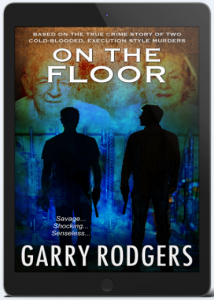 I didn’t blame him for wanting warmth. Even though the Nanaimo area of Vancouver Island has the mildest climate in Canada, the winter months are wet and chilly. The low temperature especially affected me as I suffered from Reynaud’s Syndrome. That’s a hereditary condition where I lost feeling in my fingers and toes when the mercury dropped below 40 Fahrenheit. Fortunately, my wife had bought me a pair of electric mitts, and I wasn’t afraid to wear them.
I didn’t blame him for wanting warmth. Even though the Nanaimo area of Vancouver Island has the mildest climate in Canada, the winter months are wet and chilly. The low temperature especially affected me as I suffered from Reynaud’s Syndrome. That’s a hereditary condition where I lost feeling in my fingers and toes when the mercury dropped below 40 Fahrenheit. Fortunately, my wife had bought me a pair of electric mitts, and I wasn’t afraid to wear them.
“What does it look like, Matt?” That was my standard opening line.
Matt also looked cold. He’d already recorded the outdoor scene temperature. It was 36 degrees, slightly above freezing, and it wouldn’t get much warmer for a few days yet. The overnight rain had stopped, but the clouds hung low. A haze shrouded the golf course across the street. It looked… ghostly.
“This is nasty. Real nasty.” Matt pulled no punches. “I’ve called Cheryl to attend. I think this scene is over my head.” Matt referred to Sergeant Cheryl Hunter, our senior forensic examiner. She was also Matt’s tutor and mentor.
“What’s happening with keys to get in?” I hadn’t talked to Harry yet. I phoned her, but she didn’t answer. That wasn’t unusual. I also didn’t leave a voice message for Harry because her greeting quite annoyed me.
“We’re waiting for Sheryl Henderson,” Matt said. “She couldn’t find the gun store owners… I think obviously… and their son, their next-of-kin, is listed as a contact person in case of an emergency. His name is Mike… Mike Lankenau and Sheryl can’t track him down either. We might have to call a locksmith.”
“Let’s hold off on that.” I shook my head. “I don’t want anyone involved with the scene more than absolutely necessary.”
One of the uniforms gave me a sideways look.
“Naw.” I shook my head. “That doesn’t include you guys. We need perimeter security, and we’ll have to clear the building before any scene exam starts. Tell you what. You two can start with a walk around the site. See if anyone is around and if they saw or heard anything. Also, look for unusual stuff. You know… something discarded from the scene, like in the dumpsters.”
The two uniforms spread out. One started a clockwise trip through the complex. The other went counterclockwise.
I turned to Randy. “I take it you found them. Has anyone taken a statement from you yet?”
“Yes. I reported it.” Randy nodded. “And no. No statement yet.” He shook his head.
“All right.” I motioned to my vehicle. “While we’re waiting to get the building open, jump in my Explorer and I’ll turn a recorder on.” I also turned on the heat which pleased both of us. This is what he told me:
——
“Okay, my name is Randy Mellow and I’m a reserve police officer with the Nanaimo department. I also work in my day job as a security systems technician. Just after nine a.m. this morning, I stopped by Shooting Sports Supply. I know it’s Sunday, but Berndt and Erika often stay open weekends. I left a rifle here to get a new scope mounted and… and I wanted to see if it was ready so I could go to the range and sight it in.
 “First thing I noticed was the lights were on so I thought Great. They’re open. So I went up and pulled on the door and it was locked. That’s funny, I thought. I could also hear noise coming from inside like a loud radio playing.
“First thing I noticed was the lights were on so I thought Great. They’re open. So I went up and pulled on the door and it was locked. That’s funny, I thought. I could also hear noise coming from inside like a loud radio playing.
“So I looked in the front window… I had to shield the glare… but I didn’t see anyone. I rapped on the glass and called out… loud… to get over the radio but no one answered. I gave it a few minutes and a few more knocks because I thought they might be in the back. In the gunsmithing shop. Not the retail area.
“Then I realized something was wrong. Like real wrong. They stood out… the bodies on the floor. At first, I thought they were a couple of dummies or mannequins as some kind of a joke or to scare off anyone trying to break in. Then I realized they were real… real people.”
——
Randy stopped. He caught his breath, swallowed, and carried on.
“I called it in to 911 and I waited here to give a statement. I knew I’d have to.”
“Describe what you saw.” I gave him a prompt.
“They were… they are… side by side lying on the floor with their faces down in the main aisle… about twenty or twenty-five feet in from the front door. I know it’s Berndt and Erika. I can tell from their looks and their clothes. I know… knew… them well. A lot of officers do… did.” Randy choked up.
“It’s okay. Go on.”
“Anyway… Erika is lying to the left. Berndt is lying beside her to the right. Their heads are facing away from the door… what direction is that… I guess kind of south.”
“Please describe their condition.”
He swallowed and continued. “To me, there’s no question they’re dead. No question. They’re in a facedown position on that cold concrete floor and are motionless. There is also…”
He halted. I thought he was going to break down, but he sniffed and went on.
“Please excuse me. Berndt and Erika are… were… my friends. They’re friends to a lot of us on the force. You, too, I imagine.”
Randy was right. The Lankenaus weren’t close friends of mine, but I certainly knew them from going in their gun store over the years. I was also friends with Rip Rafter and he hadn’t been located. I feared Rip might also be dead on the floor in the back.
He went on. “You can see brown staining on the… on the floor underneath them. To me, it looks like… dried bloodstains.”
——
Harry drove up. She was in her personal vehicle—a brand new silver-gray Range Rover. I finished recording Randy Mellow’s statement and got out. Harry got out, too.
“No luck with the goddam keys.” Harry shook her head. “I think the only fucking way we’ll get in there is a locksmith. Cutting the bars and smashing the glass sounds a little harsh. Especially since they’re already toast. Have you seen them?”
“No, I haven’t.” I knew I had plenty of time to do that. “What about Rip Rafter?”
 Harry slurped from her stainless steel Starbucks mug. “I phoned there and then drove over. No one’s home, but Rip’s truck is gone. So is his boat. I think the old fucker’s gone fishing.”
Harry slurped from her stainless steel Starbucks mug. “I phoned there and then drove over. No one’s home, but Rip’s truck is gone. So is his boat. I think the old fucker’s gone fishing.”
That was a relief. I also didn’t see Rip’s truck in the Shooting Sports Supply lot, but the Lankenaus’ Jeep Cherokee was here. Locked up.
“And you can’t find the son… Mike Lankenau?” This concerned me. I knew a bit about the Lankenau family history, and some of it wasn’t smooth.
“Nope.” Harry slurped again. “He’s not answering the phone number we have on file, and there’s no one home at the address we have for him. But… that doesn’t mean either one is current. You know how accurate our contact system is, eh?”
I nodded. “And you went by Berndt and Erika’s place?”
“Yeah. It’s as dead as they are.”
“Okay. A locksmith it is.”
I Googled Gallazin Locksmiths, got their emergency number, and made a call.
——
Harry and I waited in my Explorer. We kept Randy Mellow at the scene. I had him stay out front of Shooting Sports and keep watch for any unexpected, although highly unlikely, movement inside. The two uniforms were still dumpster diving, and Matt Halfyard wandered around taking exterior photos and video.
It was Harry who said it.
“Don’t you find it strange these people are locked inside their own store? Like, that’s a manual deadbolt on the front door. It doesn’t lock automatically. Whoever did this had to have locked the door from the outside when they left and took off with their fucking keys.”
You can read the rest of On The Floor at Amazon, Kobo or Nook.





